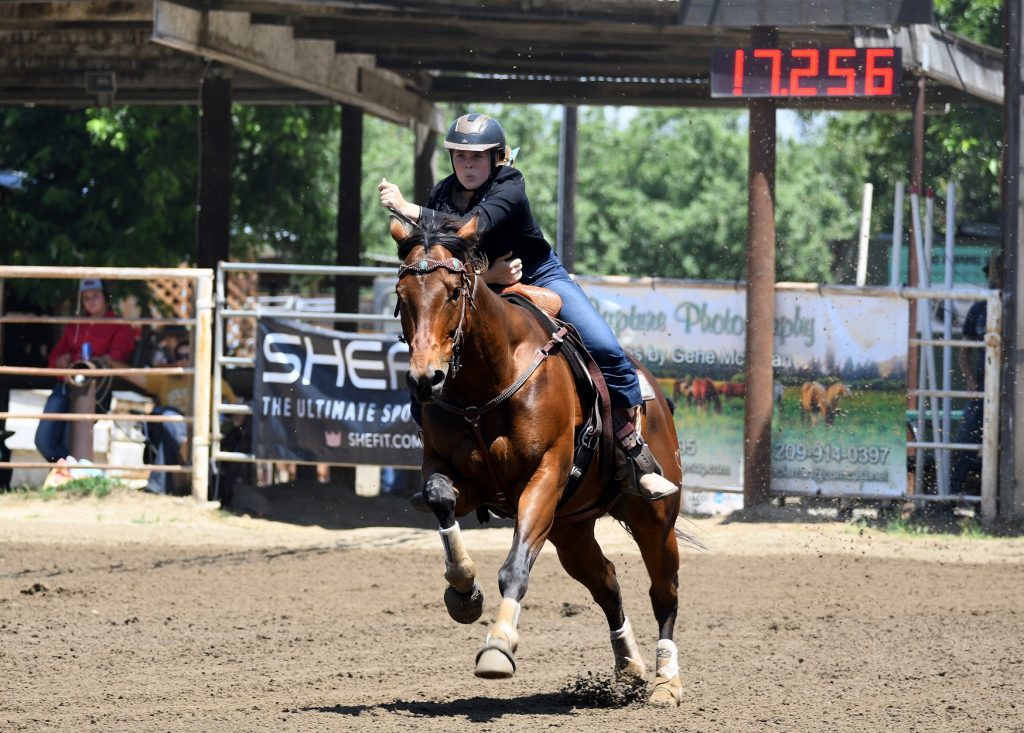VetStem Cell Therapy for Horses: Suspensory Ligament Injury
Over 7,000 horses have had their fat tissue processed at VetStem. Like dogs, horses primarily receive VetStem Cell Therapy for orthopedic conditions such as injured tendons, ligaments, and joints. One common condition in sport horses is an injured suspensory ligament.
What is the suspensory ligament and how is it injured?
The suspensory ligament supports a horse’s fetlock joint in all four limbs. While the ligament is strong, it is only slightly elastic. Stress on the ligament can lead to injury and may occur from various activities such as running fast or landing a jump. The injury can be chronic in nature, where repetitive stress leads to tearing of fibers. In an acute injury, numerous fibers can rupture all at once.
What are the symptoms of an injured suspensory ligament?
Symptoms of an injured suspensory ligament vary depending on the location and severity of the injury. Some horses will show only subtle or inconsistent lameness while others may show no obvious lameness. However, the horse’s performance will often suffer. For those horses with more obvious lameness, symptoms may worsen with exercise and improve with rest. With injury to the branches, the affected area may be thickened, warm, and tender. In the case of a rupture, the fetlock will sink toward the ground.

VetStem Cell Therapy for Suspensory Ligament Injuries
VetStem Cell Therapy has been shown to be an effective treatment option for some suspensory ligament injuries. Treatment with stem cells may reduce inflammation and scar tissue and may also lead to tissue regeneration. In a retrospective review of 62 cases of suspensory ligament injury in sport horses treated with VetStem Cell Therapy, nearly 76% of treated horses returned to full work at their prior level of performance. Additionally, another 16% returned to full work at a lower level of performance. Furthermore, 92% of the horses with acute injuries and over 71% of the horses with chronic injuries returned to their prior level of performance after treatment.
It is important to remember that outcomes vary and not all horses will respond to treatment with VetStem Cell Therapy. In the aforementioned retrospective review, 5 of the 62 treated horses were non-responsive.
If your horse has an injured suspensory ligament and you are curious about whether he/she may benefit from VetStem Cell Therapy, speak to your veterinarian. You can also contact us to receive a list of VetStem providers in your area.
